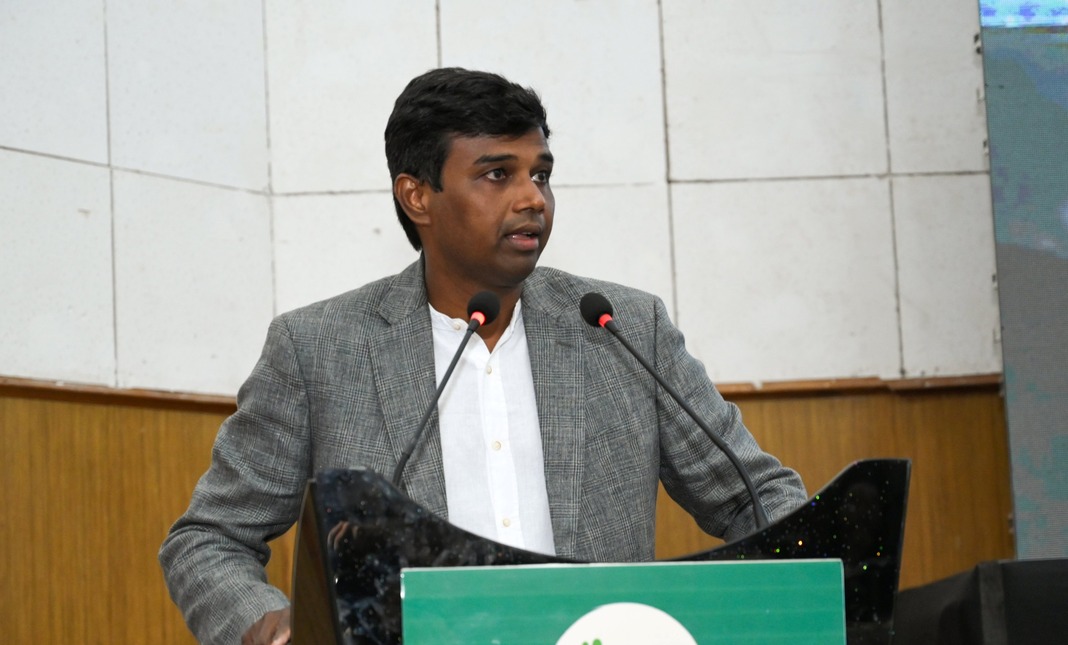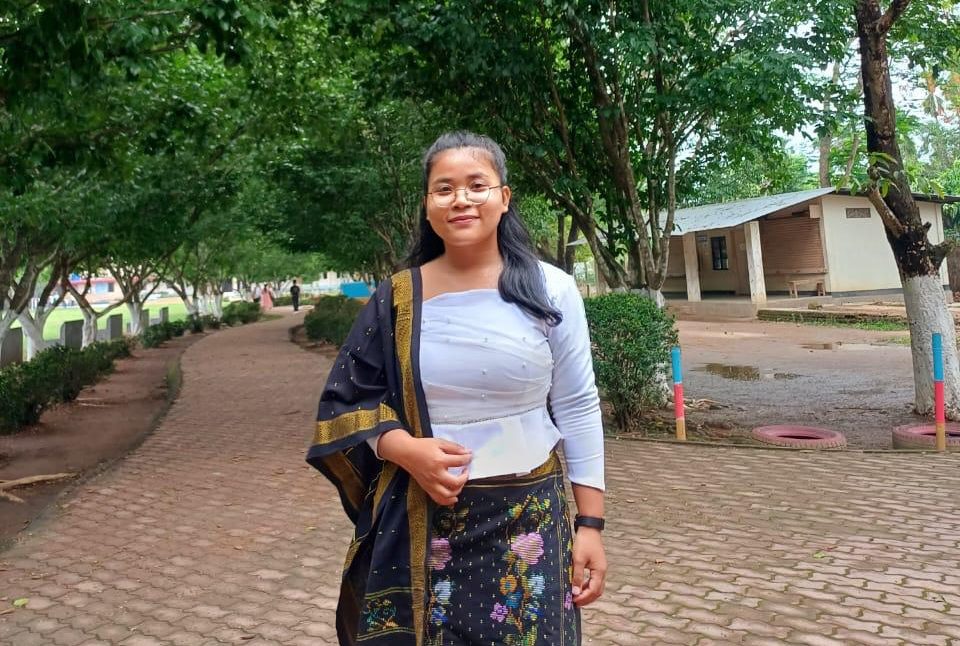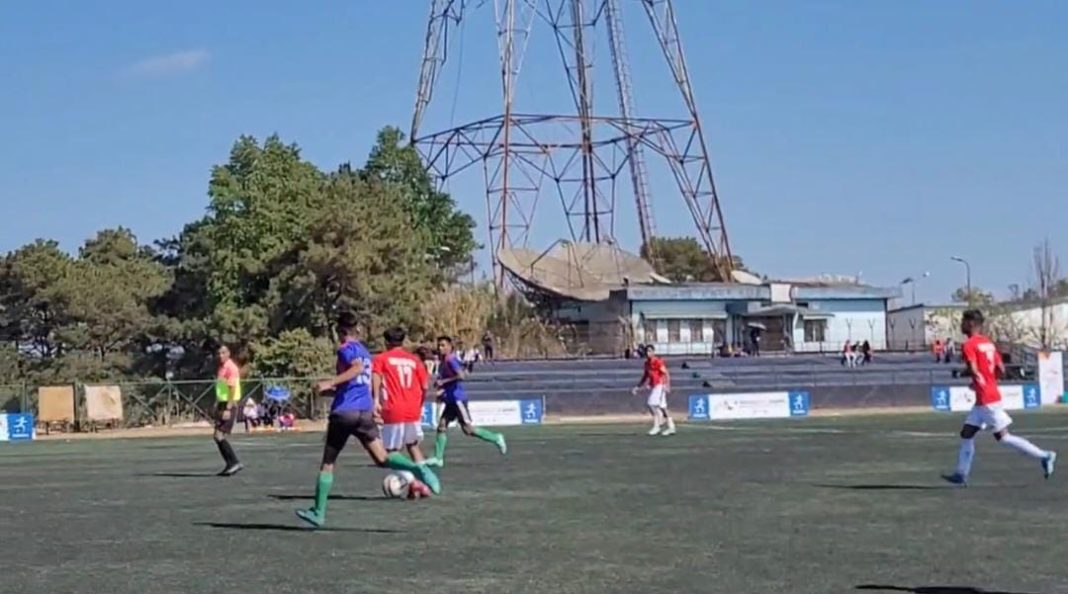Shillong, Jan 18: Meghalaya’s education sector faces a unique challenge with a disproportionate number of schools to its population, according to Commissioner & Secretary Vijay Mantri.
Speaking on Friday, Mantri pointed out that the state has far more schools than other regions with similar or larger populations, leading to inefficiencies and underutilization of resources.
“Meghalaya has an unusually high number of schools,” he stated, noting that Tripura, with a larger population, has only one-third of the schools in Meghalaya, and Manipur, with a comparable population, operates just 4,617 schools. This issue is further compounded by the state’s significant proportion of aided schools, which account for 29% of the total, far above the national average of less than 5%.
Comparing Meghalaya to other states, Mantri referenced Kerala, which, despite having a population approximately ten times larger, manages to operate the same number of schools (15,864). Similarly, Himachal Pradesh, which faces more challenging terrain, runs 17,826 schools for its population of 68.64 lakh.
The state’s surplus of schools has resulted in many institutions with alarmingly low enrollment. More than 206 schools report zero enrollment, and 2,269 schools have single-digit enrollment numbers, raising concerns over the effectiveness of the education system.
Mantri also discussed the issue of double counting of schools, where a single school might appear multiple times in government records due to receiving different grants. This has inflated the total school count in the state, with the official number standing at 6,702 schools, which could realistically be consolidated into 3,029 distinct schools.
Additionally, the state faces a complex system of government grants, with multiple funding streams allocated to schools and colleges. These overlapping grants further complicate the education landscape, creating inefficiencies that could be better addressed.
Government Grants and Funding Issues
Another critical issue raised by Mantri was the overlap of government grants, with schools and colleges receiving various types of funding, often multiple times for the same institutions. Some of the major grants provided include Deficit, Adhoc, Science, Hindi, and various teacher-related grants. These grants have created a complex web of funding that makes the system difficult to navigate.
Mantri also highlighted the government salary budget for both private and government schools, which stands at ₹1,967 crores annually, a significant chunk of which is allocated to teacher salaries. In higher education, the salary budget for government and private college lecturers amounts to ₹218.68 crores annually.
Mantri emphasized the need for a thorough review and reform of the state’s educational infrastructure to streamline resources and improve quality across the sector. The focus, he suggested, should shift from sheer quantity to enhancing the quality of education provided in each institution.




